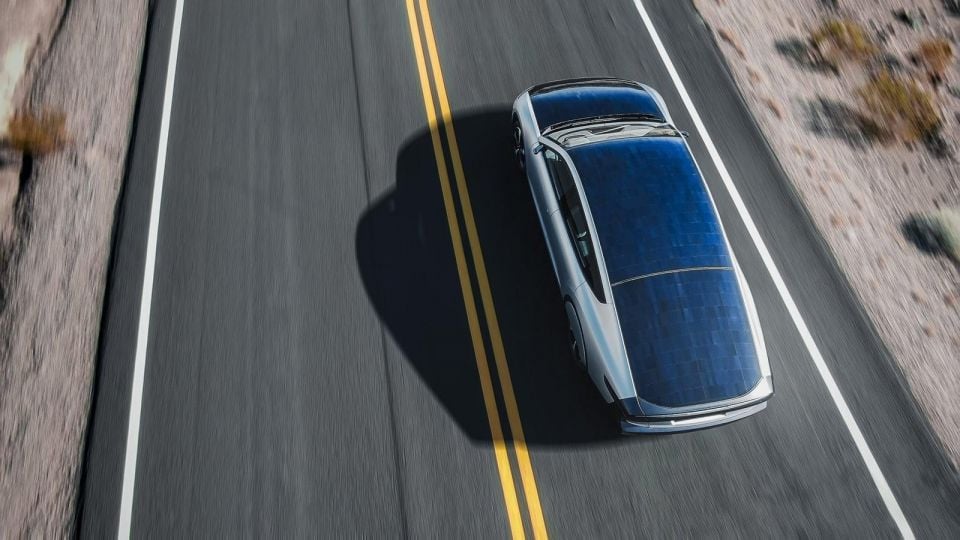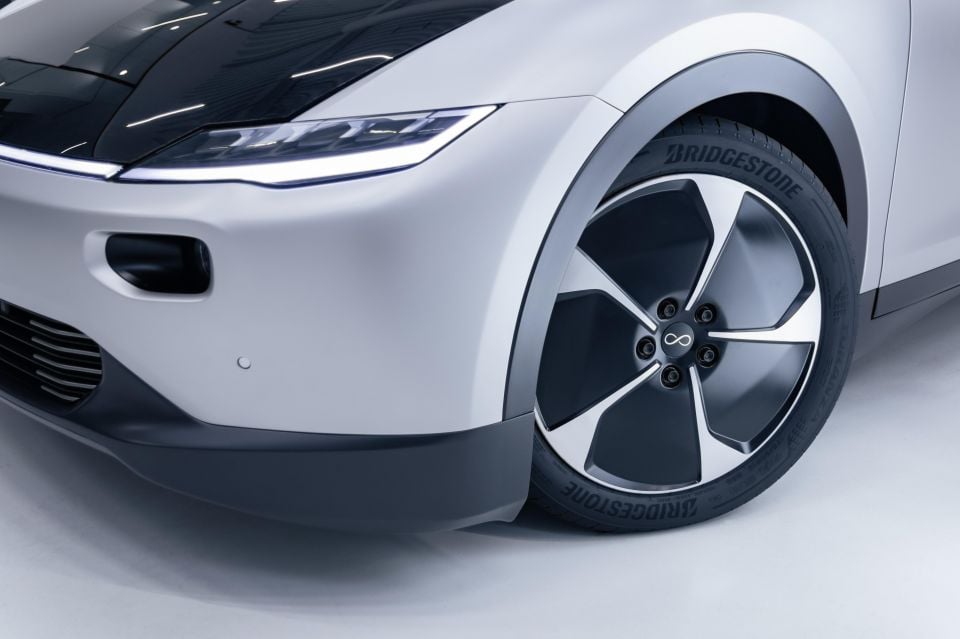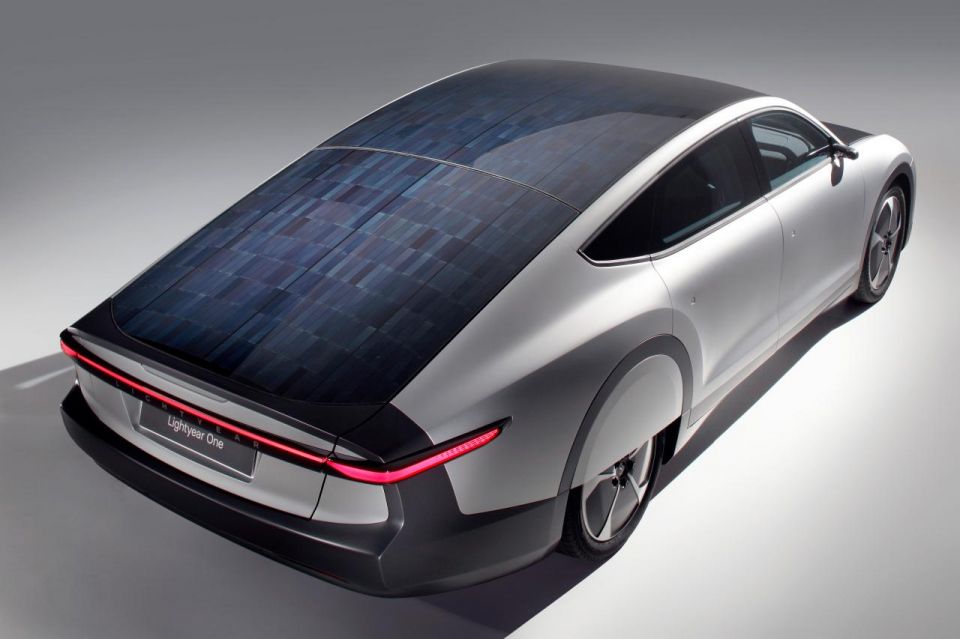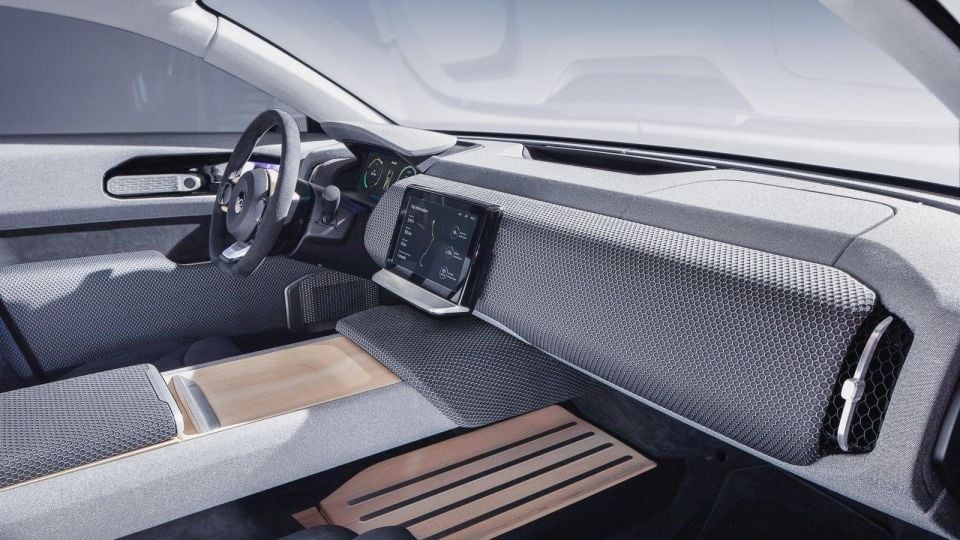

Damion Smy
Boxy new KGM Musso unveiled to take on HiLux and Ranger ahead of Australian launch
3 Minutes Ago
The Lightyear One is a long-range solar electric car. Co-created by Bridgestone and Lightyear, it will begin testing in quarter two of this year.

Contributor


Contributor
An all-electric vehicle powered partly by the sun is expected to hit the road by the end of this year.
Born from a partnership between Bridgestone and Lightyear, the Lightyear One solar electric car has been revealed.
Using technology once reserved for experimental competitors in the Bridgestone World Solar Challenge, the Lightyear One will bring this tech to consumers.
The Lightyear One has a claimed range of 725km on the WLTP cycle. Its battery size hasn’t been revealed, but it features a five-square-metre solar array on its roof.

It’s one of the few electric cars that can be charged by either solar energy or by plugging into an AC or DC charger.
An hour of charge will get you:
Powered by four independently-controlled in-wheel electric motors, the Lightyear One has a total peak torque of 1920Nm.

Developed by Bridgestone, it rides on custom-engineered Turanza Eco tyres that have a very low rolling resistance. There’s an overall weight reduction of 3.6kg by these tyres over standard rubber to help boost range.
Boasting a record-breaking drag coefficient of 0.20 (same as the new Mercedes-Benz EQS) the Lightyear One is the most aerodynamic five-seaters to date. It also includes 780L of storage space.
Measuring 5057mm long, 1898mm wide and 1426mm tall, the Lightyear One is a similar length to the Tesla Model X.

The Lightyear One comes standard with the following features:
Testing is set to commence in the second quarter of 2021. It’s also set to be commercially available by the end of this year.
The Lightyear One is expected to rival the Sono Motors Sion, which can also be powered by solar energy.

This MPV-style electric car is capable of charging an equivalent of 245km from solar energy alone per week.
The Sion is expected to start production in 2023, with the company taking European preorders now.
In Australia, a project from the CSIRO, Nissan Australia, and Delta Electronics is investigating solar modules capable of charging four vehicles at a time in Dandenong, Victoria.
Jack Quick is an automotive journalist based in Melbourne. Jack studied journalism and photography at Deakin University in Burwood, and previously represented the university in dance nationally. In his spare time, he loves to pump Charli XCX and play a bit of Grand Theft Auto. He’s also the proud owner of a blue, manual 2020 Suzuki Jimny.


Damion Smy
3 Minutes Ago


Damion Smy
1 Hour Ago


Damion Smy
3 Hours Ago


Damion Smy
5 Hours Ago


Damion Smy
6 Hours Ago


Damion Smy
7 Hours Ago